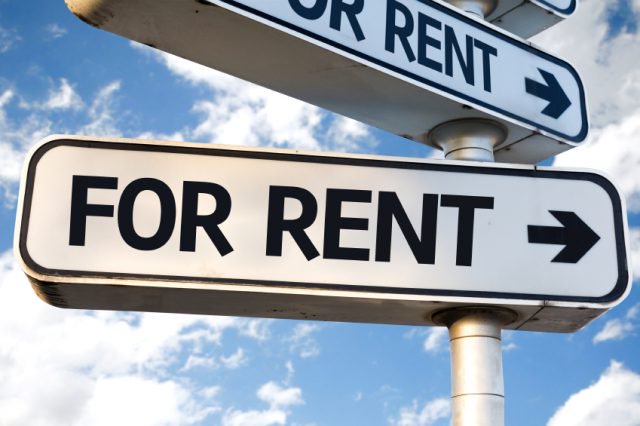Sharp Decline in Rental Property Levels Recorded
Following a robust lettings market in April, a sharp decline in rental property levels has been recorded for May.
The Agency Express Property Activity Index reveals that new listings dropped by 11.9% and let properties fell by 11.1% last month, marking the greatest monthly decrease for May since the firm’s records began in 2012.
Recent figures from the Council of Mortgage Lenders (CML) have also confirmed that buy-to-let borrowing dropped hugely in April after a rush of landlords flooded the market to beat the 1st April Stamp Duty deadline.

Sharp Decline in Rental Property Levels Recorded
Therefore, while May’s figures appear dramatic, they do remain somewhat distorted by the Stamp Duty changes.
The Director General of the CML, Paul Smee, comments: “There is a sense of calm after the storm this month, as lending eased back, following the significant rises in activity in March, as borrowers looked to beat the second property Stamp Duty deadline. We expect the market to take several months to return to its previous levels after the lending surge.”
Agency Express’ index recorded that all 12 UK regions saw decreases in new listings, while ten regions experienced a fall in let properties in May.
Some of May’s better performing regions include:
Number of properties to let
- Scotland: -4.1%
- West Midlands: -4.2%
- Wales: -5.2%
- Central England: -6.7%
- North West: -8.6%
Amount of let properties
- South East: +10.1%
- Scotland: +4.1%
- East Anglia: -3.7%
- East Midlands: -10.5%
- North East: -10.6%
The top performing region for May was the South East, where the number of let properties rose by 10.1%, marking a record best for May.
Strong figures were also recorded in Scotland, where let properties increased for a fifth consecutive month, by 4.1%.
The largest decrease was seen in the East Midlands, with the amount of properties to let falling by a record of 29.9%.
The Managing Director of Agency Express, Stephen Watson, says: “The Property Activity Index historically shows us a drop in figures throughout May. However, this month we have seen a much greater fall than in years previous. An unseasonal rush in activity throughout March, followed by a reactive dip in April and reduced lending has certainly blurred May’s figures. Now, with the impending EU referendum, it may be some time before we see a more balanced view of the UK lettings market.”





